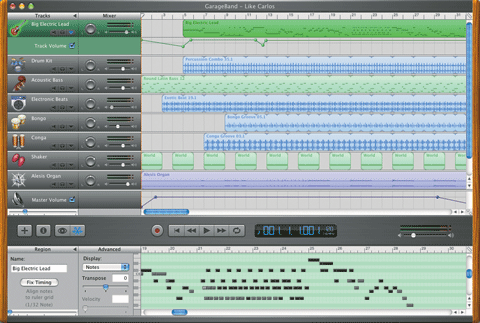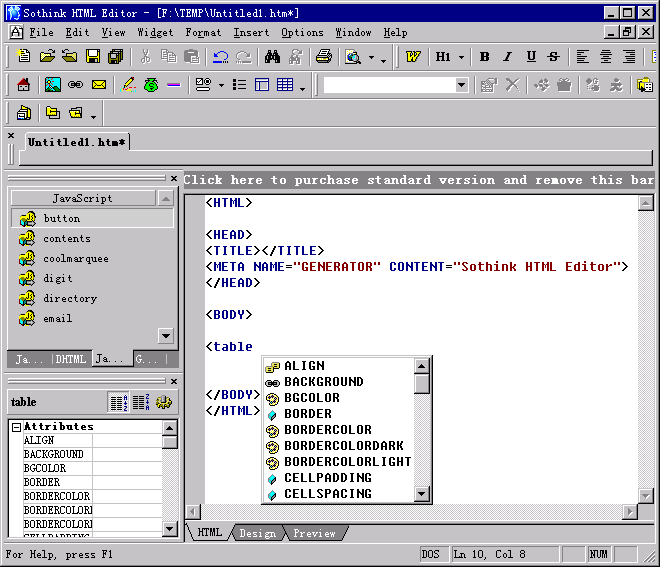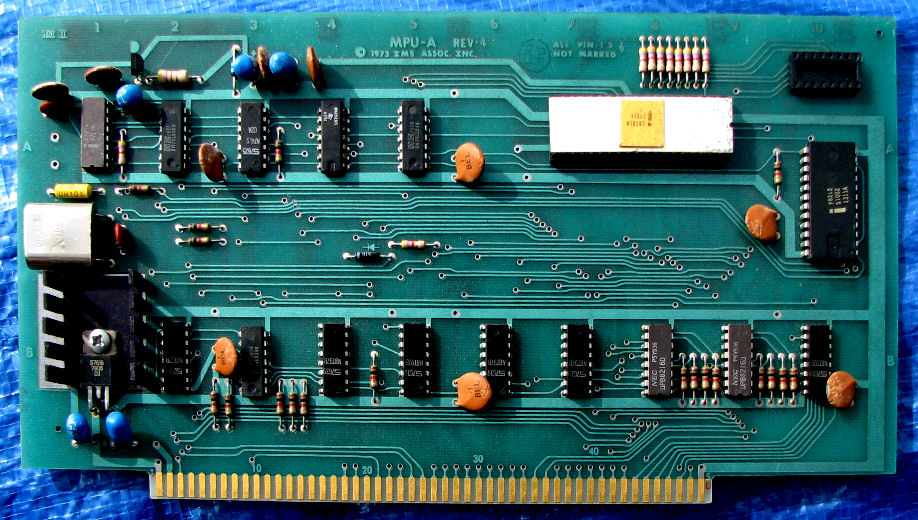Flash Memory
 |
| Flash Memory Card |
Sometimes known as Flash RAM, it is constantly-powered nonvolatile memory, able to be erased and reprogrammed in units of memory known as blocks. It also prevents loss of information when the power supply is shut off. It is used by digital cellular phones, digital cameras, LAN switches, PC Cards for notebook computers, digital set-up boxes, embedded controllers. and other devices.
Graphic Cards
 |
| Graphic Cards |
The graphics components are the part of your computer that control and enhance how graphics (pictures, videos, programs, animation, 3D) are displayed on your computer screen. The graphic components are usually on a separate card that plugs into a slot on the motherboard, that's why the graphic components are commonly called graphic cards. Sometimes the graphics card components are build directly into the motherboard.
 |
| Sound Card |
Sound Cards
An expansion board that enables a computer to manipulate and output sounds. Sound cards are common in most modern personal computers. It allows sound output through speakers connected to the board, to record sound input from a microphone connected to the computer, and manipulate sound stored on a disk.
Network Interface Card (NIC)
 |
| Network Interface Cards |
It is the most important PC device. It is a card that is installed in a computer so that it can be connected to a network. Personal computers and workstations on a local area network (LAN) typically contain a network interface card specifically designed for the LAN transmission technology. Network interface cards provide a dedicated, full-time connection to a network.
Plug & Play
 |
| Microsoft Plug & Play Laptop Remote Control |
Plug and Play (PnP) is a capability developed by Microsoft for its Windows 95 and later operating systems that gives users the ability to plug a device into a computer and have the computer recognize that the device is there. In many earlier computer systems, the user was required to explicitly tell the operating system when a new device had been added. However, this is no longer required with the PnP technology being introduced into the new systems.
Bus Line
The bus lines are the communicating electronic lines that connect different parts of the CPU to various other parts. In addition, the bus lines also link the CPU to different parts on the system board of your computer. The data flows in the form of bits along the bus lines. The bus lines are like multilane pathways which means that the more bus lines are on the system the greater is the rate of transfer of data along the bus, which means that the computer can run efficiently and will perform the operations at a faster rate.
HDMI
 |
| HDMI Cable |
HDMI stands for High-Definition Multimedia Interface. HDMI is an uncompressed, all-digital signal audio/video interface with 5 Gbps of available bandwidth. It contains 19 wires wrapped in a single cable that resembles a USB wire. The primary use of the HDMI wire is to transmit digital signals from a compatible digital audio/video source. It also carries compressed audio formats.
Cache Memory
 |
| Cache Memory Chip |
Cache memory is random access memory (RAM) that a computer microprocessor can access more quickly than it can access regular RAM. As the microprocessor processes data, it looks first in the cache memory and if it finds the data there (from a previous reading of data), it does not have to do the more time-consuming reading of data from larger memory.






























